- Product
- Solution for
For Your Industry
- Plans & Pricing
- Company
- Resources
For Your Industry
In today’s hyper-competitive, data-driven marketplace, success doesn’t come from having pricing, marketing, and sales working in isolation. It comes from alignment — where pricing data flows seamlessly across teams to shape campaigns, offers, and customer experiences in real time.
When marketing launches a promotion without accurate pricing intelligence, or when sales negotiates discounts unaware of market shifts, profitability suffers. Misalignment between teams leads to conflicting signals, inconsistent customer experiences, and lost margin opportunities.
To thrive, modern organizations must align pricing data with marketing and sales strategies — creating one source of truth that informs how value is communicated, priced, and delivered.
This article explores how to integrate data, technology, and collaboration so pricing decisions power every commercial action across your business.

Aligning pricing data means ensuring all commercial teams — pricing, marketing, and sales — operate from a unified dataset and shared objectives.
In practice, it involves:
Centralizing real-time competitive and market data.
Synchronizing pricing logic and promotional rules across channels.
Sharing insights on elasticity, conversion, and performance.
Using analytics to guide both strategic positioning and tactical actions.
When pricing data alignment works, decisions become faster, messages stay consistent, and pricing reflects true market dynamics.
Before understanding how alignment adds value, it’s important to see what happens when teams don’t share the same pricing intelligence.
When customers see one price in an ad, another on the website, and yet another in sales conversations, trust erodes.
Marketing may launch campaigns that undercut profitable pricing tiers, while sales runs discounts that conflict with marketing offers.
Without synchronized data, promotions can cannibalize premium segments or trigger unnecessary price drops.
Disparate data sources cause delays. By the time teams align, the market has already moved.
The result? Lost competitiveness, lower profit, and frustrated customers.
Pricing data is more than just numbers — it’s the foundation of commercial storytelling and market positioning.
Marketing teams rely on accurate price intelligence to:
Build value-based messaging.
Optimize campaign ROI by linking pricing and response rates.
Set promotion timing based on competitor activity.
Highlight unique selling propositions that justify pricing differences.
Sales teams use the same data to:
Negotiate confidently with up-to-date competitor pricing.
Identify when to offer discounts — and when to hold value.
Strengthen credibility with customers by aligning with marketing messages.
When marketing and sales share accurate pricing intelligence, customers receive consistent value communication, improving both conversion and loyalty.
Unified pricing data ensures that your advertised, negotiated, and transacted prices remain consistent across channels.
With real-time updates, teams can react quickly to competitor price moves or demand shifts, maintaining agility and competitiveness.
Aligned teams run promotions that are profitable, targeted, and measurable, avoiding unnecessary discounts.
Consistent pricing reinforces brand integrity — customers know what to expect, and trust builds over time.
Here are five proven data-driven approaches to create alignment that drives growth and profitability.
A single source of truth for pricing eliminates confusion and delays.
Integrate all data sources — competitor feeds, transaction history, promotions, and market insights — into one system accessible by marketing, sales, and pricing.
This transparency allows everyone to work with the same insights, ensuring promotional campaigns, product launches, and pricing updates remain consistent.
tgndata Tip:
tgndata’s competitive data solutions provide real-time market price feeds, promotion tracking, and alerts, ensuring all teams act on the latest pricing intelligence.
Marketing decisions shouldn’t be made in isolation from pricing analytics.
By using historical campaign data and price sensitivity analysis, marketing teams can determine which promotions actually drive conversion — and which just reduce margins.
Aligning these insights ensures future campaigns emphasize value, not just discounts.
Equip your sales teams with dashboards showing live competitor prices, ongoing promotions, and historical customer price preferences.
When sales representatives have this visibility, they negotiate smarter, protect margins, and align their offers with marketing’s positioning.
To drive true collaboration, establish common success metrics such as:
Gross margin per campaign (pricing + marketing)
Conversion rate at target price (sales + pricing)
Promotion ROI (marketing + pricing)
Shared KPIs create mutual accountability and encourage data-driven teamwork rather than siloed decision-making.
Automation ensures alignment happens in real time.
Set up AI-powered alerts that notify marketing and sales when:
A competitor launches a new promotion.
Market prices shift beyond a defined threshold.
Customer demand signals change.
This keeps all teams updated and reactive — ensuring consistency in messaging and pricing responses.
When marketing and pricing collaborate, the conversation shifts from discounting to value communication.
With insights from price elasticity and competitor data, marketing can highlight what differentiates your offer — quality, service, speed, or innovation — rather than racing to the bottom on price.
Example:
If pricing data shows your brand maintains volume even at a 5% higher price than competitors, marketing can emphasize value attributes instead of price cuts.
Even with technology, alignment takes intentional change.
| Challenge | Impact | Solution |
|---|---|---|
| Siloed systems | Delayed decisions | Centralize pricing intelligence and dashboards |
| Lack of trust in data | Teams ignore analytics | Establish validation rules and shared governance |
| Different objectives | Misaligned promotions | Build unified KPIs linking revenue and profit |
| Manual workflows | Errors and lag | Automate data sync and alert systems |
Collaboration starts with shared visibility and mutual incentives.
At tgndata, we help organizations bridge the gap between pricing and commercial teams through:
Real-time competitor data monitoring across products and regions.
Promotion tracking and alerts for campaign synchronization.
Custom dashboards giving marketing and sales instant access to pricing insights.
By centralizing accurate pricing intelligence, tgndata enables businesses to align pricing, marketing, and sales decisions — ensuring every campaign and customer interaction reflects the same strategy.
Explore tgndata’s Pricing Data Solutions →
Read: The Hidden Cost of Inaccurate Price Monitoring →
Read: Profit Margin Optimization: Data-Driven Strategies That Work →
Aligning pricing data with marketing and sales isn’t just operational efficiency — it’s strategic advantage.
When all teams share accurate, real-time data, they speak the same language of value, trust, and competitiveness.
By integrating pricing intelligence into every customer-facing function, companies can transform how they price, promote, and sell — unlocking sustainable growth and stronger market positions.
At tgndata, we make that alignment possible — turning fragmented data into unified strategy.

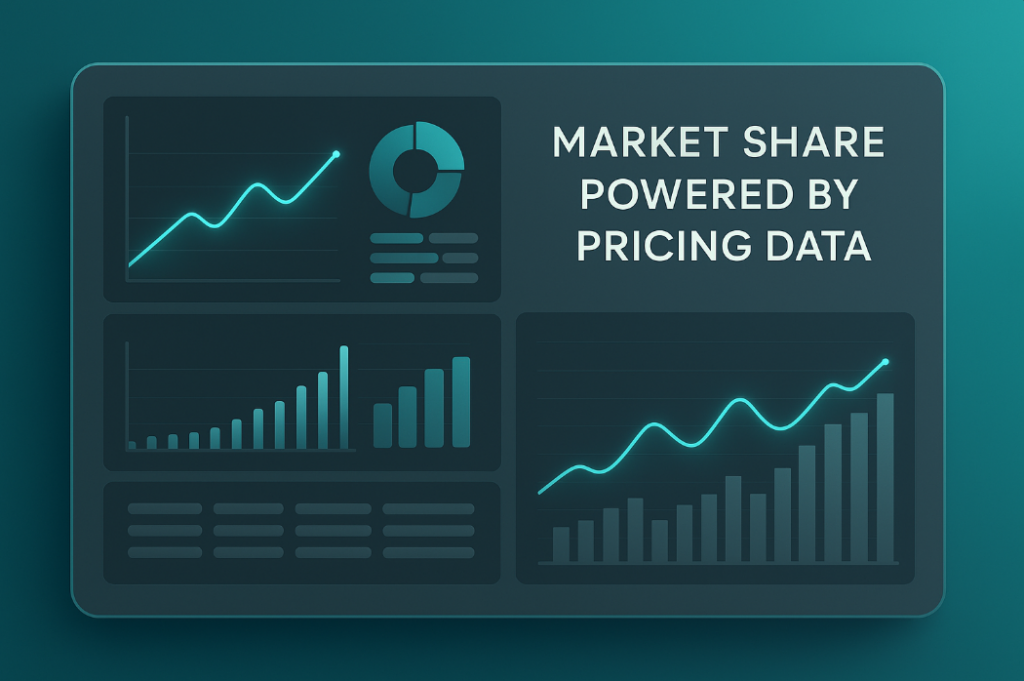
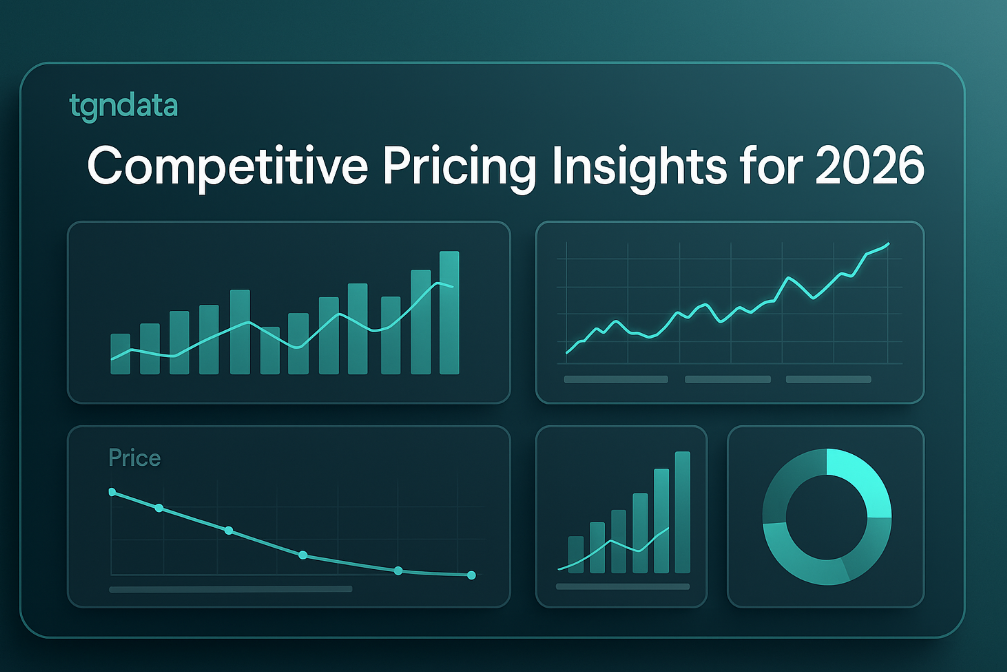
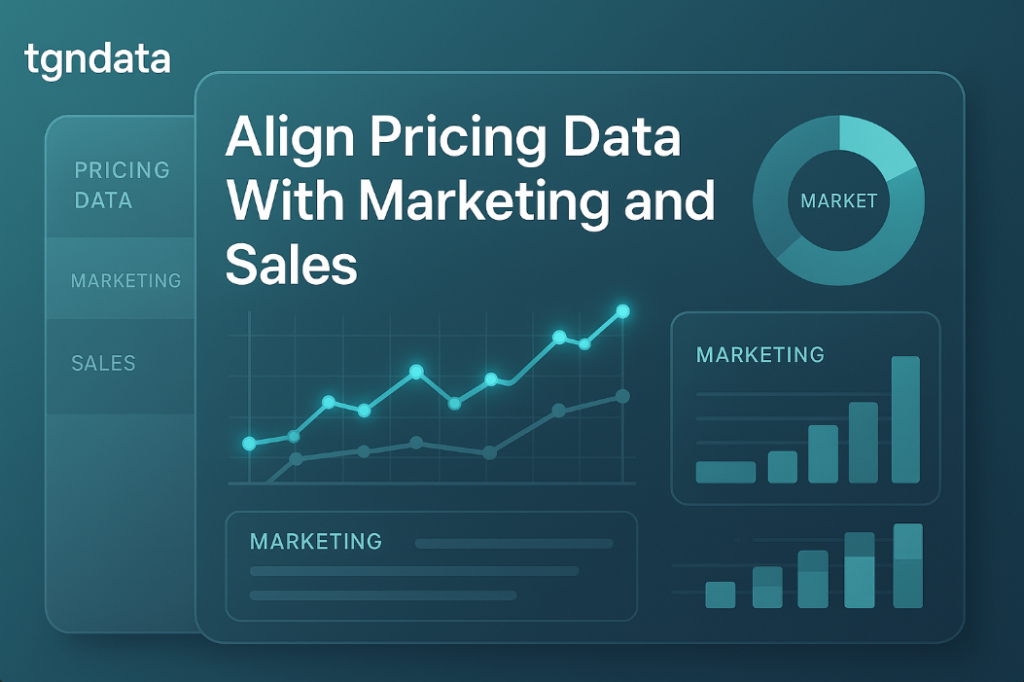
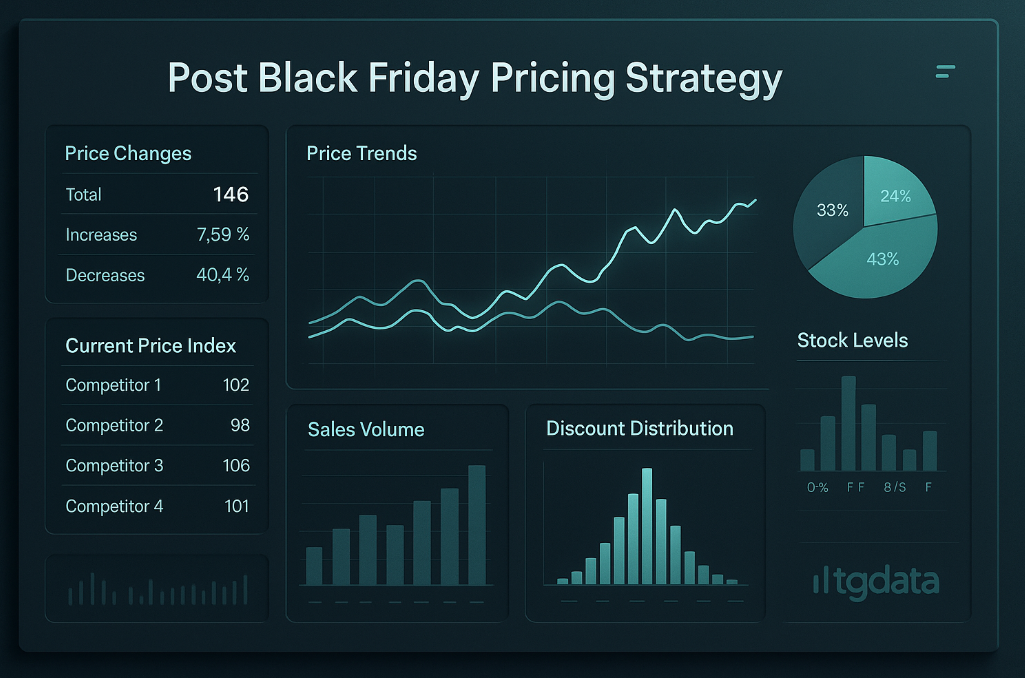

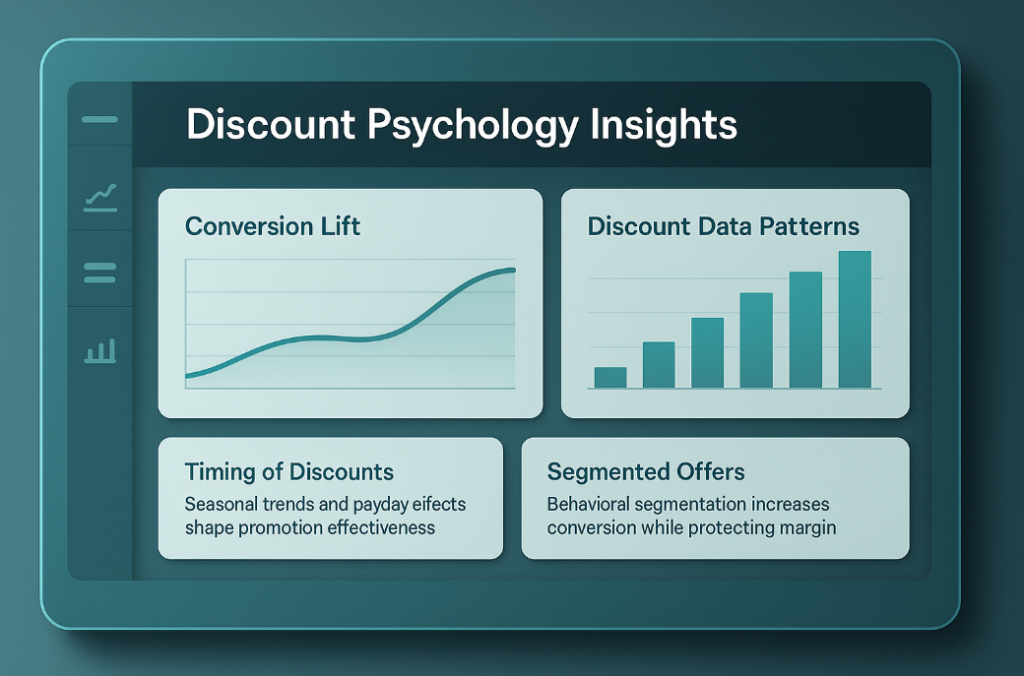






Missing an important marketplace?
Send us your request to add it!